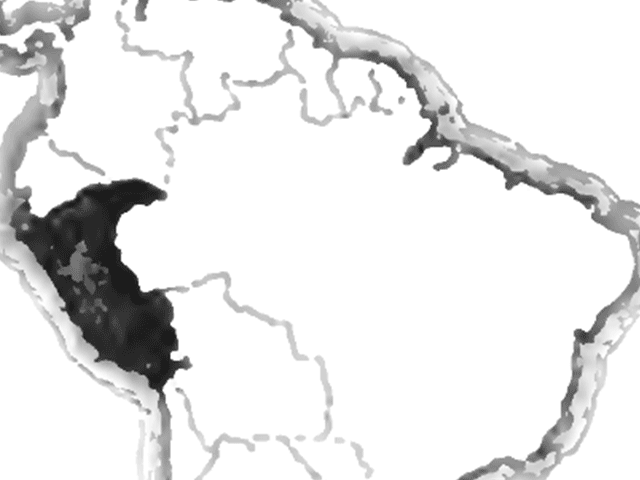<![CDATA[The ancient people of the world are known to have been extremely interested in the heavens. With extremely limited knowledge of the physical universe and very simple tools, man could only view the things the naked eye could allow. But even then, man knew that the Universe was vast and majestic, and many legends, stories, myths and folklore have begun because of man's interest in the stars. This is backed up by a recent discovery In Peru, where researchers found drawings and etchings of heavenly bodies on the flat-surface of a rock that could be up to 4000 years old. The discovery was made in the Lambayeque region, which is especially known for its rich history. In 2013, a record-breaking 752,232 domestic and foreign visitors came to the area to view many famous landmarks such as the Royal Tombs of Sipan Museum, Huaca-Sipan Museum, the Bruning museum, the Sican National Museum and many others. Many archaeological artifacts have been found in this region, and it is probably one of the top places for archaeology in South America. Lambayeque is on the coastal region of northwestern Peru and is known for its rich Moche and Chimu historical culture, which is displayed at the museums stated above and elsewhere. Other places of interest include the Tucume Pyramids, which is an area covering 540 acres that has 25 major pyramids and mounds, and the Pomac Forest Historical Sanctuary, which is a protected area in Peru that covers over 14500 acres of land. The astronomical rock was found at an archaeological complex named Licurnique, which is four hours from the Olmos district in Lambayaque. The petroglyph that was found consisted of a stone was shaped like an altar, which suggests it was important for the people's religious practices of the day. Not only that however, as the flat-surface of the rock and the engravings tells scientists that the ancient people of Lambayaque were using it to forecast rain, so they will know when to plant their crops and perform other agricultural activity. Peru has been in the news recently for its archaeological efforts, as they started using drones for that very purpose. Peru is a country that is rich in history, and was an important region during many different powerful civilizations. This find opens up a new area of study into the lives of South America's ancient people, as it gives an understanding of the inhabitants in the etchings plus it shows how ancients used astronomy in their daily lives. Archaeologists are also excited because on the rock are traces of Andean and ancient Hispanic influences, even though these cultures basically never mix. The rock was found near a nearly dead river with vestiges that are still visible. More studies will be done on the rock to find the exact age and offer more insight into the locals' way of life.]]>
Ancient Peruvian Astronomy Lab
